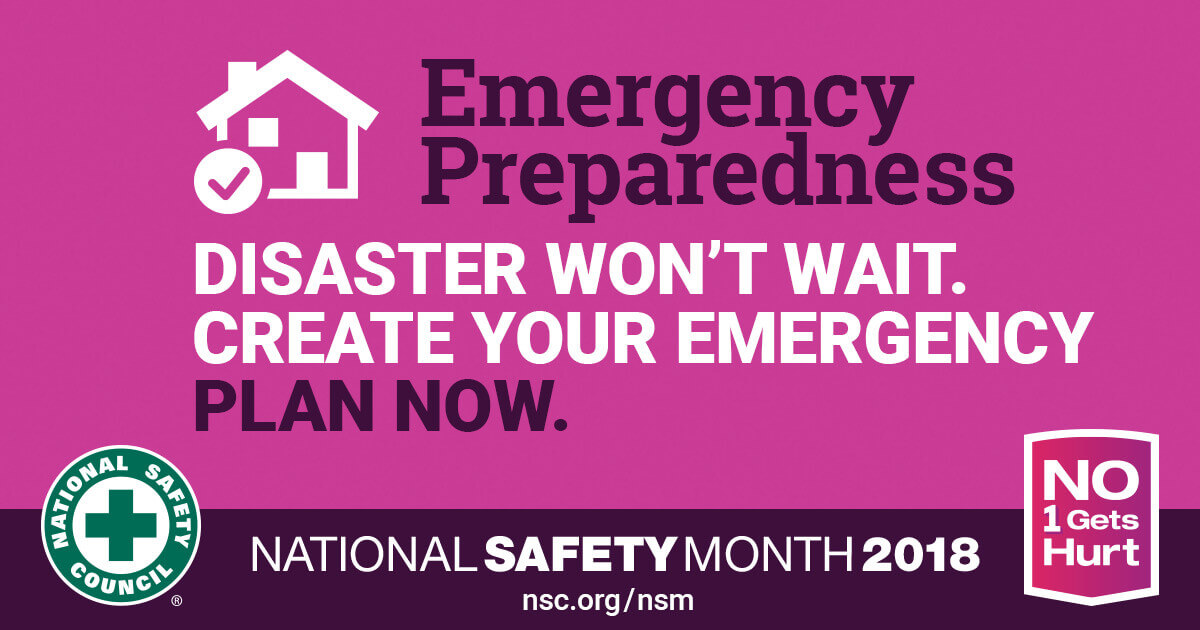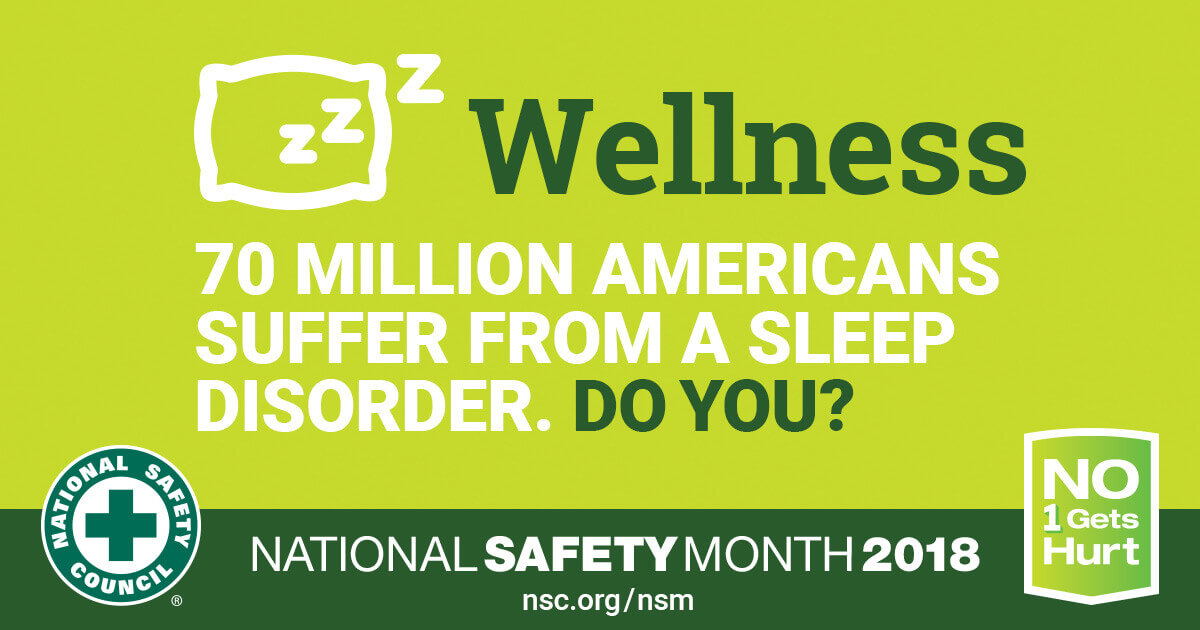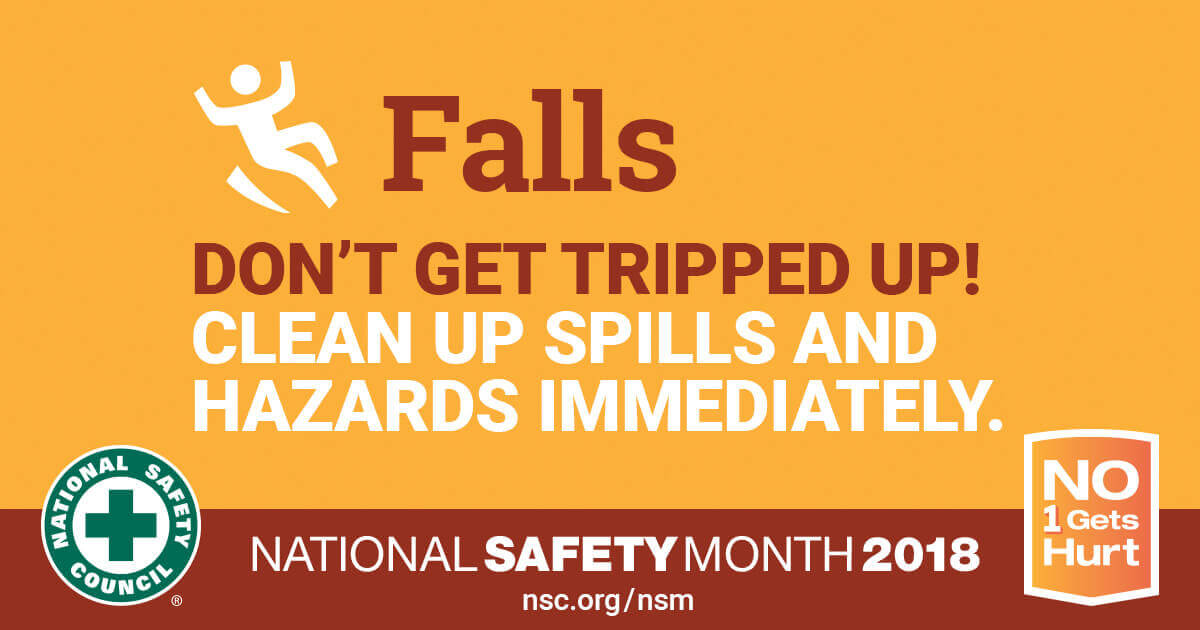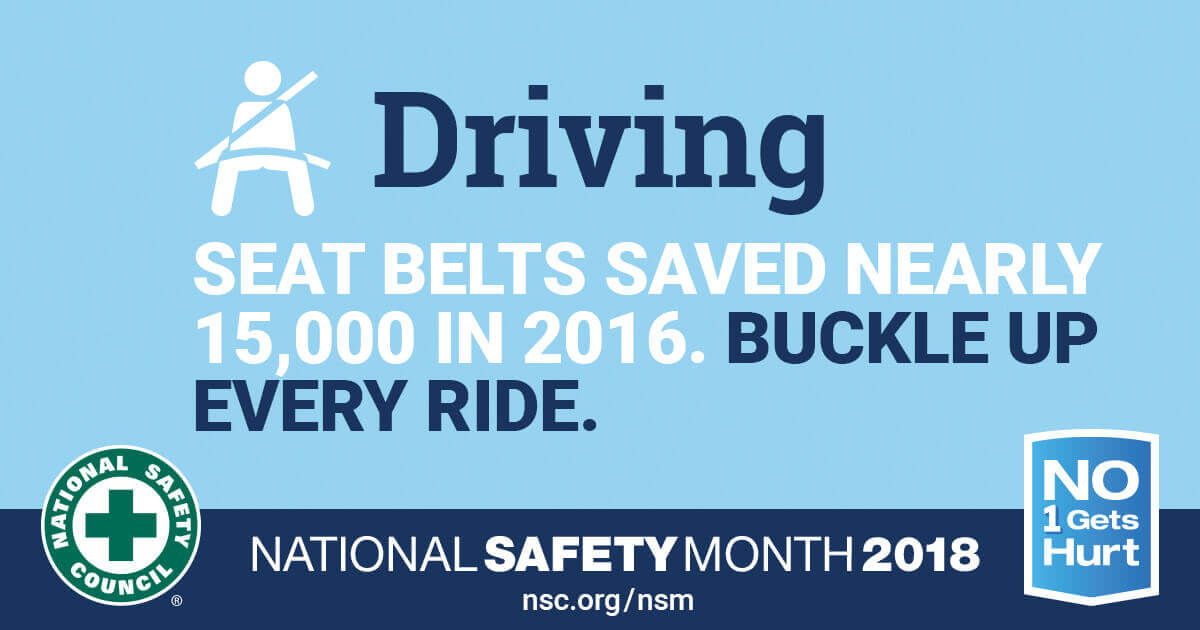Iowa Fines Electric
Company for Exposing Workers to Asbestos and Lead Hazards
 |
Iowa OSHA issued Fink Electric, Inc. in Sioux
City 15 citations and $159,798 in penalties for exposing workers
to lead and asbestos hazards while removing asbestos- insulated piping.
Inspectors concluded that the company failed to conduct required exposure
assessments for asbestos and lead; train workers on respiratory hazards from
lead and asbestos; and provide personal protective equipment for exposure to
airborne asbestos fibers.
 |
Nevada OSHA issued three citations and $84,000 in penalties to Brady Linen
Services, LLC in North Las Vegas for exposing workers to amputation and struck-by
hazards from moving machinery. Inspectors discovered that the company had
disabled safety switches on automatic towel folding machines. The company also
failed to provide machine guarding on conveyor belts, exposing workers to
caught-in and amputation hazards.










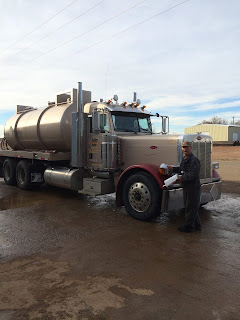











 June is
June is  The Council believes we can eliminate preventable deaths on our roadways. If you do too, consider joining the
The Council believes we can eliminate preventable deaths on our roadways. If you do too, consider joining the 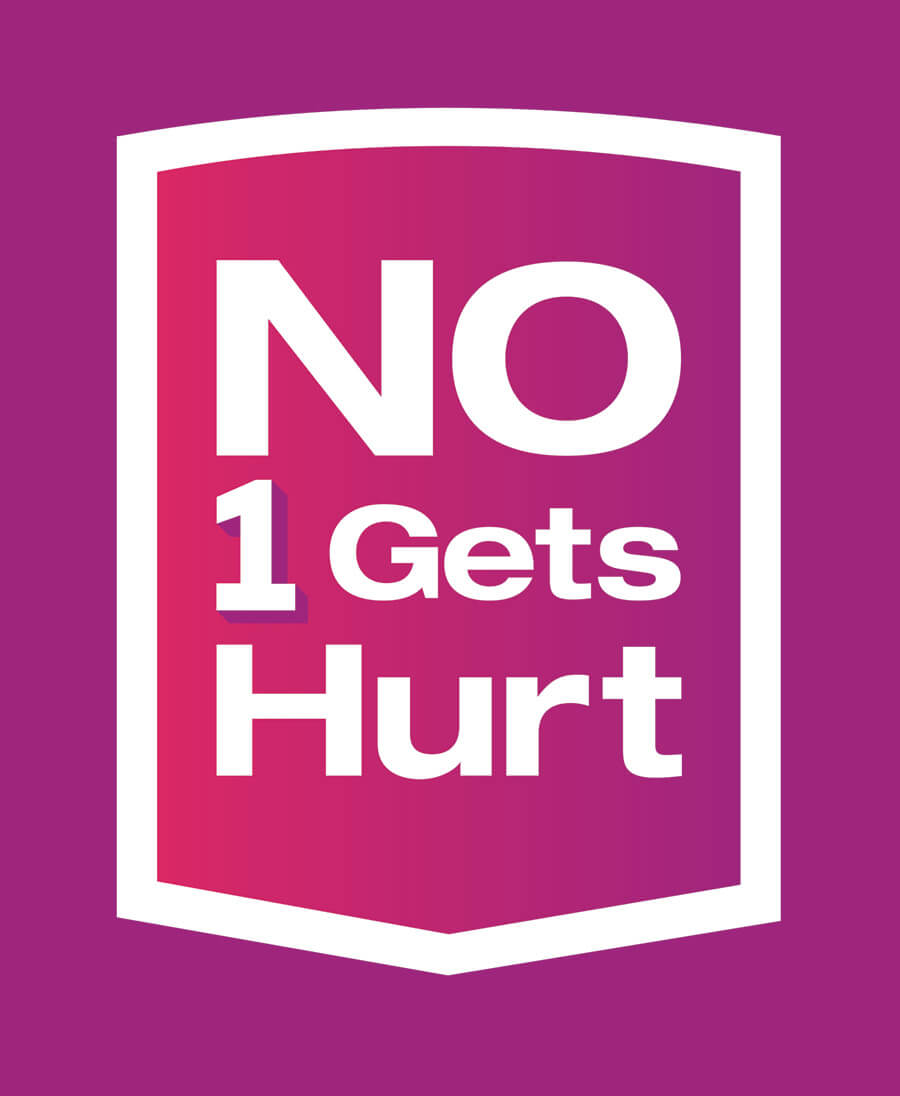 Thank you for your interest in National Safety Month. Download and share these materials to help identify risks and ensure
No 1 Gets Hurt.
Thank you for your interest in National Safety Month. Download and share these materials to help identify risks and ensure
No 1 Gets Hurt.
